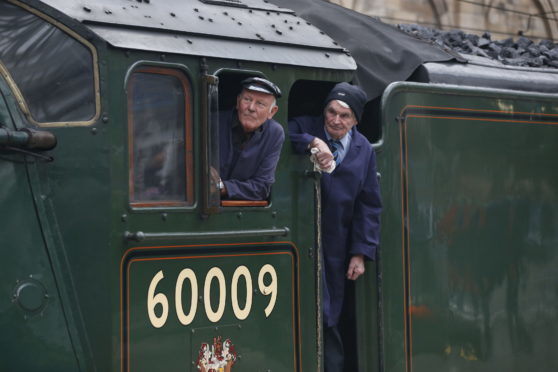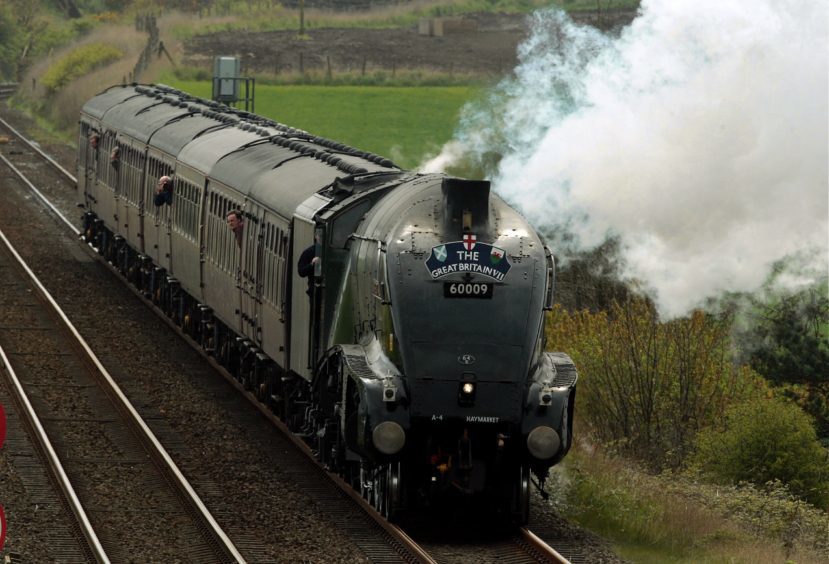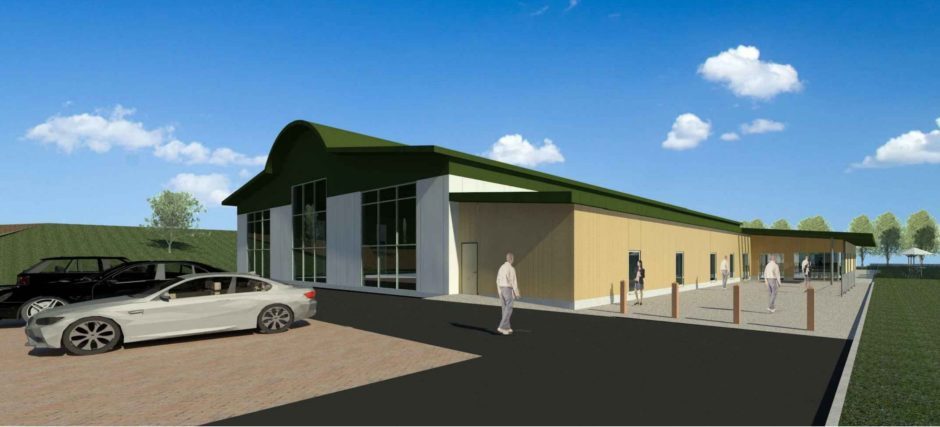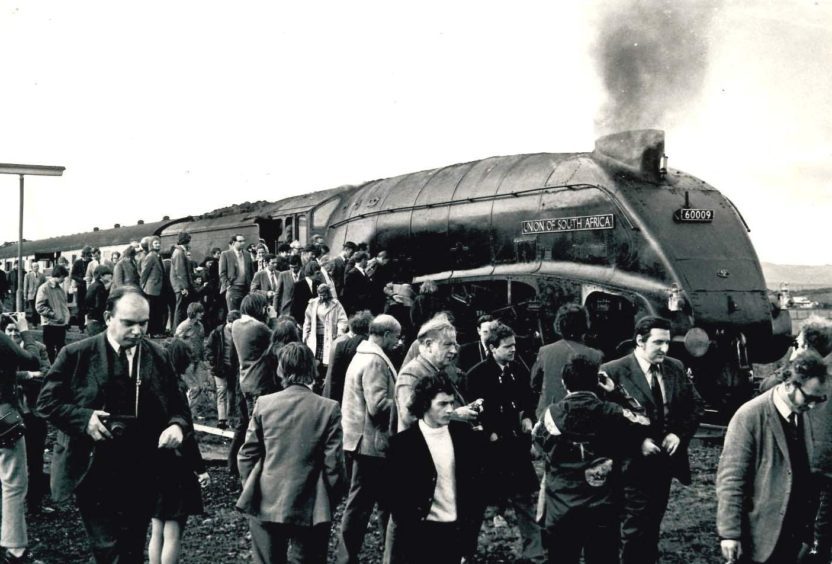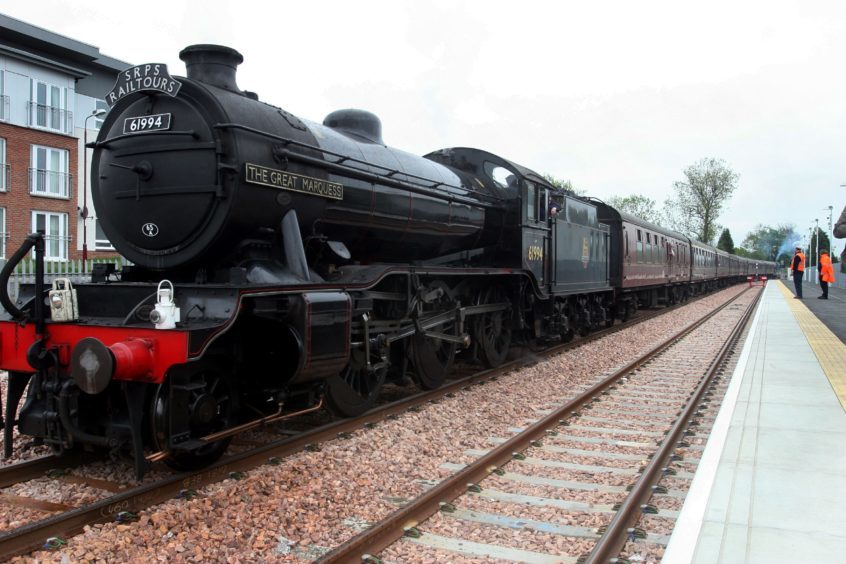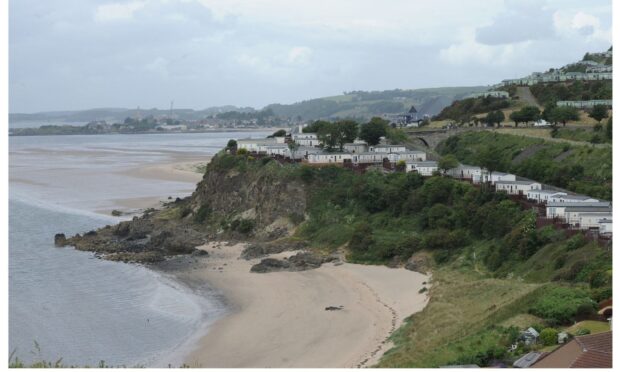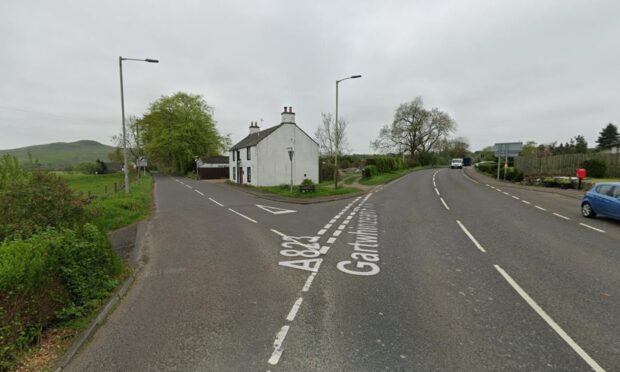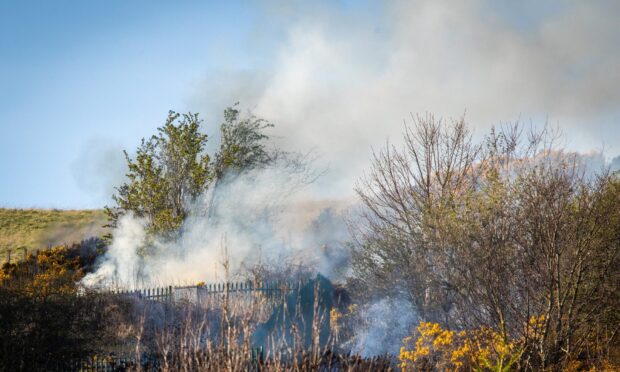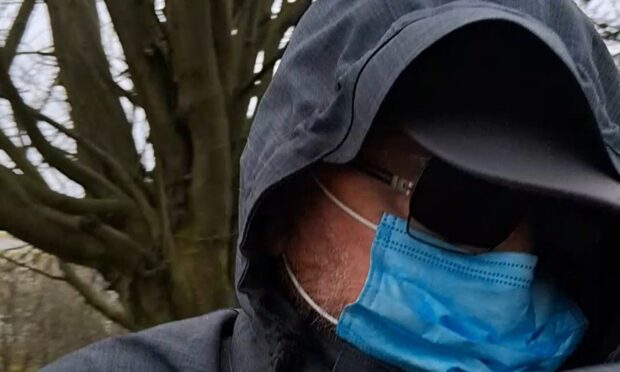Plans to showcase two of the country’s most famous locomotives at an open farm in Fife have hit the buffers, The Courier has learned.
Owner John Cameron had hoped to put Union of South Africa and The Great Marquess on display in a visitor centre at Balbuthie Farm near Kilconquhar.
However Fife Council has rejected a blueprint from the Cameron Railway Trust, saying it would be “unacceptable” in the countryside.
Planners said the scheme would result in the loss of prime agricultural land and was not in keeping with the surrounding area.
Mr Cameron, a former chairman of Scotrail and member of the British Railways Board, had also been hoping to welcome the public on visits to his farm so they can experience first-hand how food is produced.
A supporting statement on behalf of Mr Cameron said the farm and locomotives, together with the proposed visitor centre, would have passed into trust for the benefit of the general public.
“The visitor centre and open farm will make a significant contribution to tourism and education in the East Neuk and the country as a whole,” the statement added.
“A small number of employees would be necessary to manage the facilities and provide security, contributing to the local economy.”
It is now known what will become of the locomotives, both of which were designed by Sir Nigel Gresley and built in 1937, following the rejection of the application by planning officials.
The mainline operating certificates for both locomotives will have expired by the summer of 2019, and due to prohibitive costs there are no plans to renew them.
Both are of considerable historic interest. Union of South Africa, also known as No 9, was used on the east coast mainline expresses between Aberdeen, Edinburgh and London and was kept and maintained at Haymarket.
In the autumn of 2015, No 9 hit the headlines when it was selected to haul the royal train carrying the Queen from Edinburgh to Tweedbank to mark the reopening of the Borders Railway.
The Great Marquess was a mixed passenger and freight locomotive and was first allocated to the Fort William shed on the West Highland line to haul the then rapidly growing fish traffic over the West Highland line from Mallaig to Glasgow.
During holiday periods, it was often used to haul summer excursions from Edinburgh and Glasgow to Fort William and was finally transferred to the Thorton depot in Fife where it was used on Fife coal trains and also on summer excursions along the coast.
